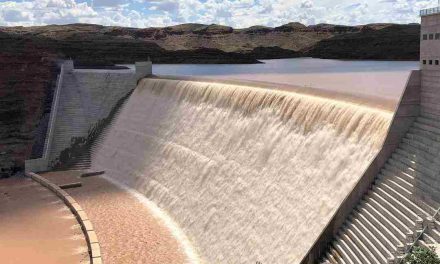
Understanding Weather – not predicting – 1 June 2012
What happened?
Every weather map has detail from which each and every observer tries to interpret just what factors are about to emerge for the area where the local interest lies. Quite naturally the full range of detail is expansive: and that is just the one synoptic chart. Three hours later another is being put together and so on throughout any particular day. The wealth of detail is by now considerable.
This range is known as the “surface charts”. There are charts for some half dozen levels in what we perceive as “the upper air”. This is nothing new, these charts have a preparation history going back for some generations. So by now, meteorologists should have a pretty good grasp of things!
Well, yes, but in truth each new set of charts unburdens a fresh range of detail begging a fresh interpretation. To help it all along, we are experiencing climate change which advances other factors, varying in their intensity, to redefine that which we thought was wrapped up.
Quite placid weather prevails: this last week saw continuation of autumn’s decline as day temperatures inched slowly away from midday warmth and minima values descend to single figures. Some values are noted around 3oC, so isolated ground frost can be expected, particularly where either open spaces that allow maximum radiation or in sheltered spots that limit air movement.
Into our far south the peripheral synoptics of the temperate zone have appeared. This week the cut-off vortex saw its division from the higher latitudes weaken as the eastern ridge formed its own anticyclonic core. A northerly flow on its western side squeezed the cut-off core away to the south and east. Indications of cloud across our southeast did not yield any reported rain.
With the anticyclonic core established to the east a deep, moist inflow into the Zambezi valley brought cloud to our north-east.
The remainder of the country lay beneath a generally northerly, warmer by day, flow.
Fog-precipitation was noted at Swakopmund and north to near Möwe Bay.
What’s coming?
This weekend sees the surface ridge extend to the Cape and along the coast while, on its northern side (west of the Walvis latitude) an upper air cut-off pattern develops from 700mb through the altocumulus levels to even 300mb (hPa), persisting until mid-week before amalgamating with a new frontal trough nearing the Cape by Wednesday. The expected wind flow so generated provides some 4 days of northwesterly flow: 20,000 feet, some 400mb (hPa) deep. Forecasts do not expect rain.
Across the south a brief cold flow (12 hours duration) arrives by weekend, giving way quickly until late Tuesday and into Wednesday, perhaps as far north as Mariental. Ground frost is a risk.
Occasional shallow cloud appears again in the north-east, at least, for some days next week. It is not expected to penetrate the central interior.










































